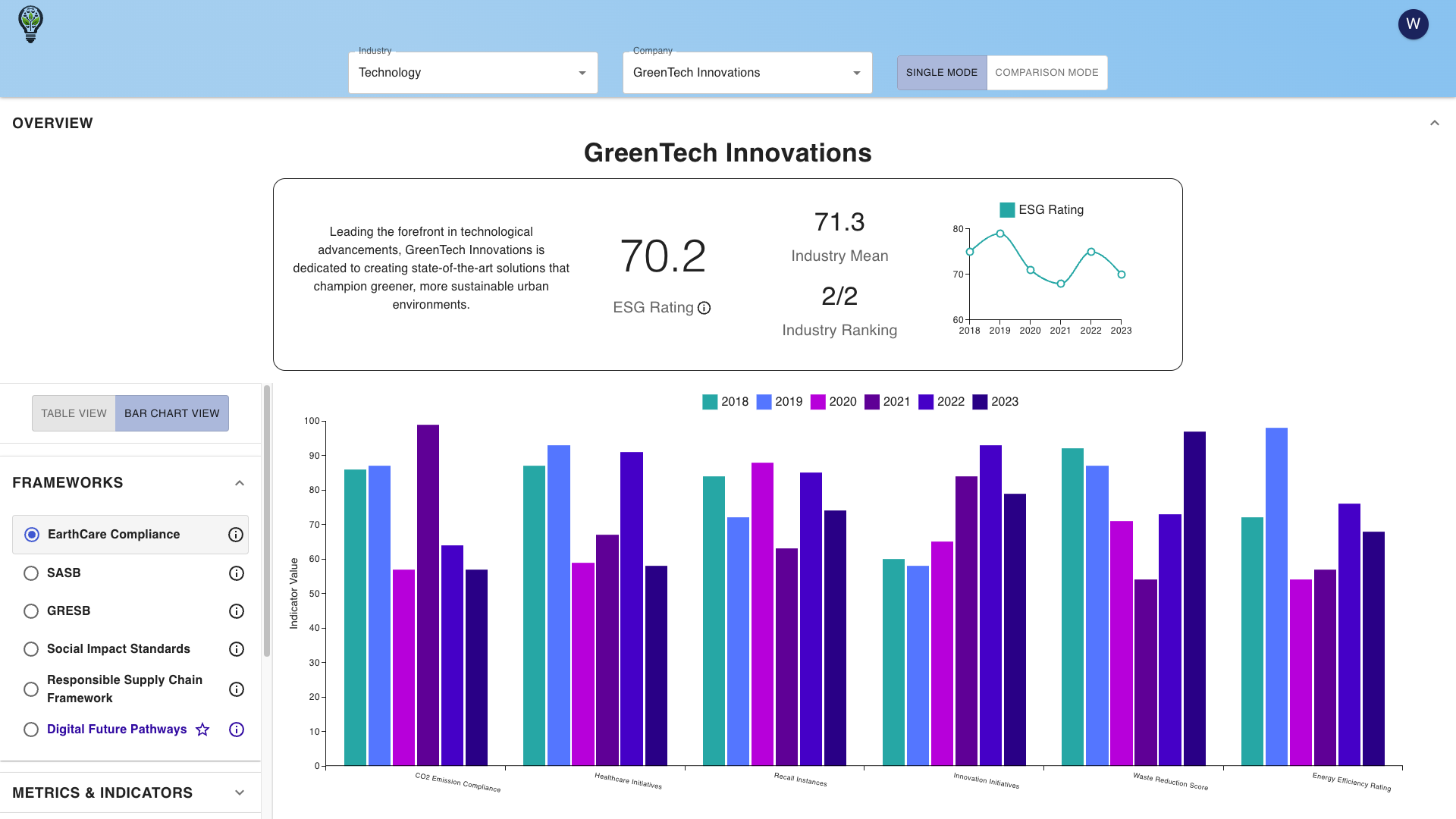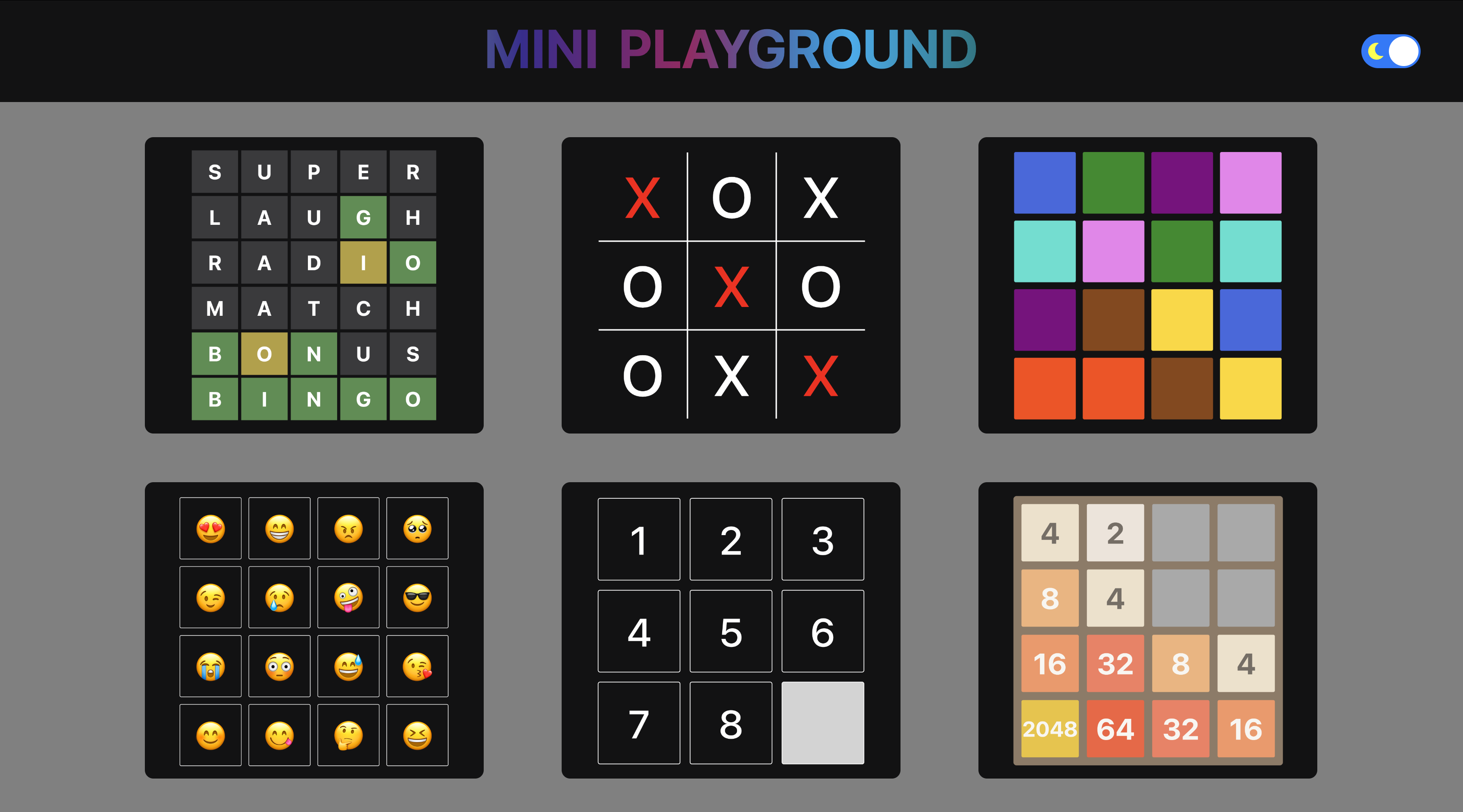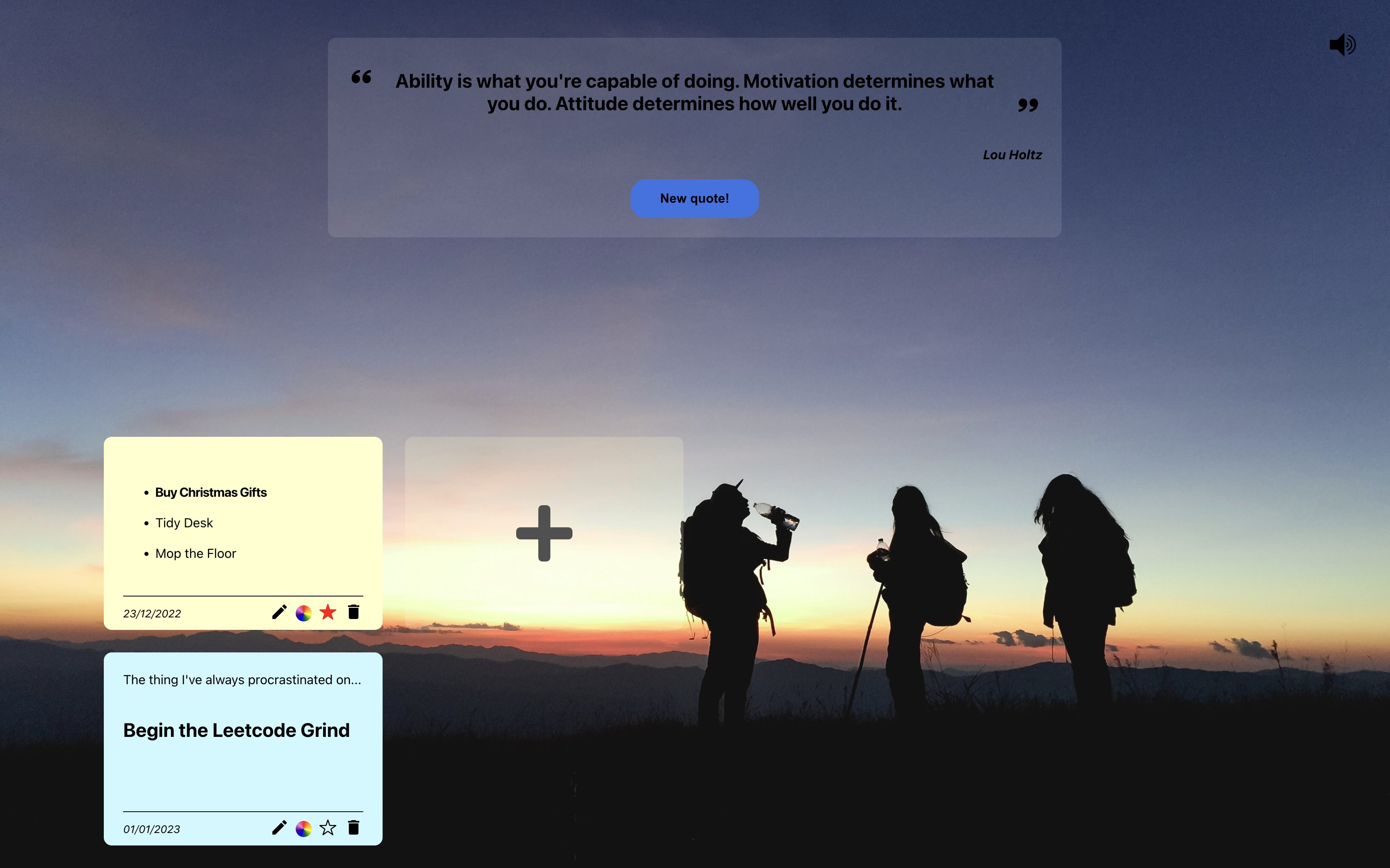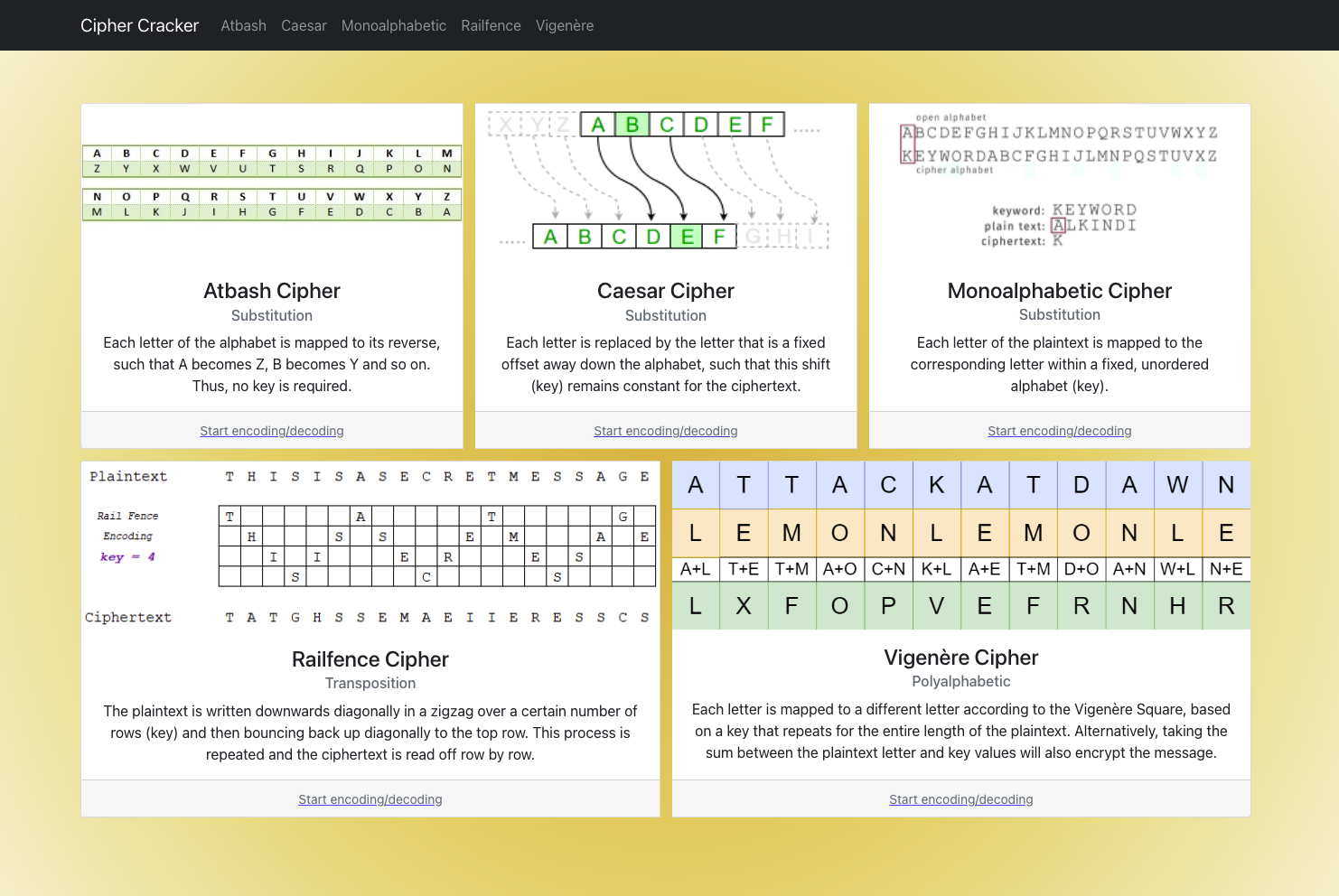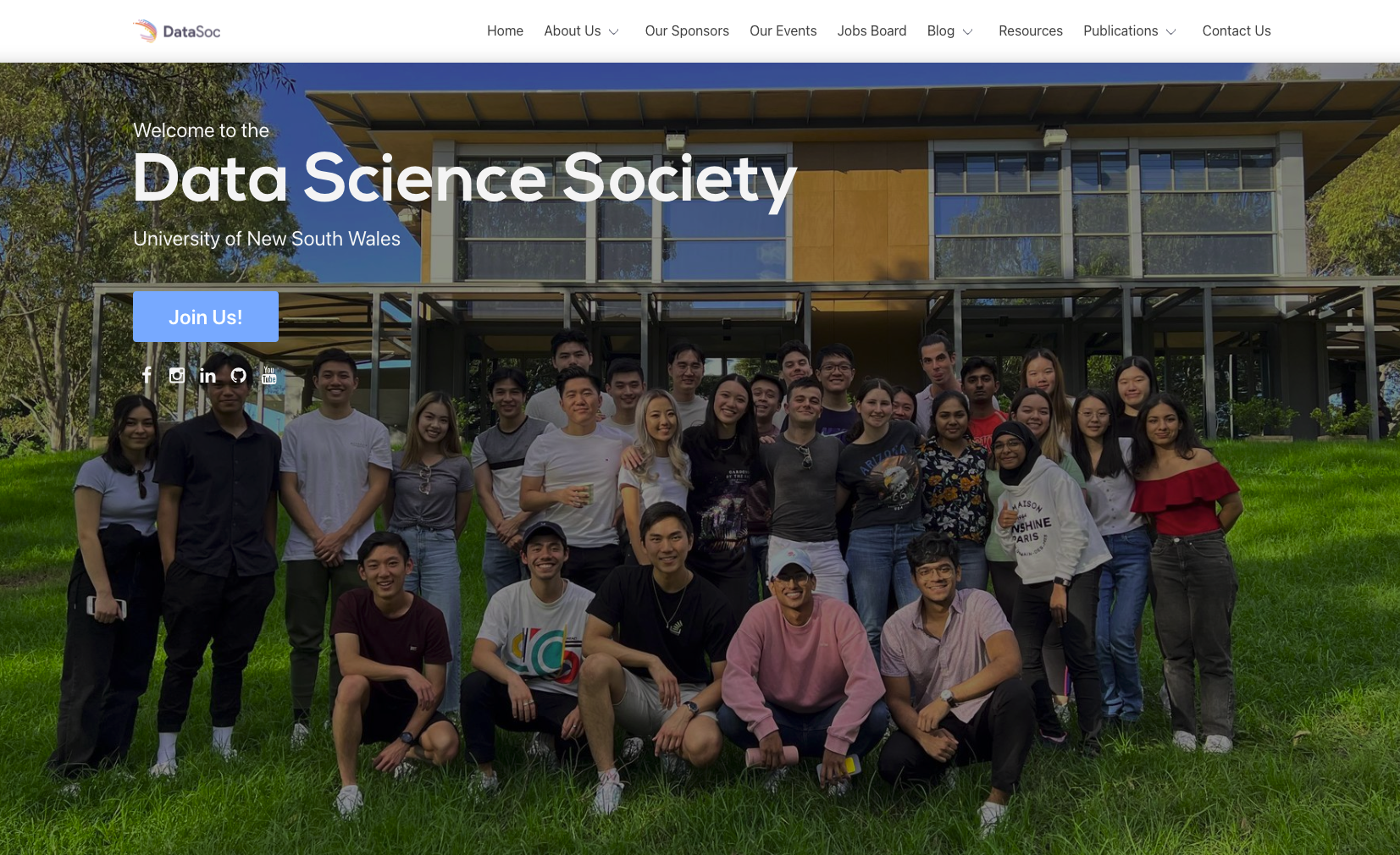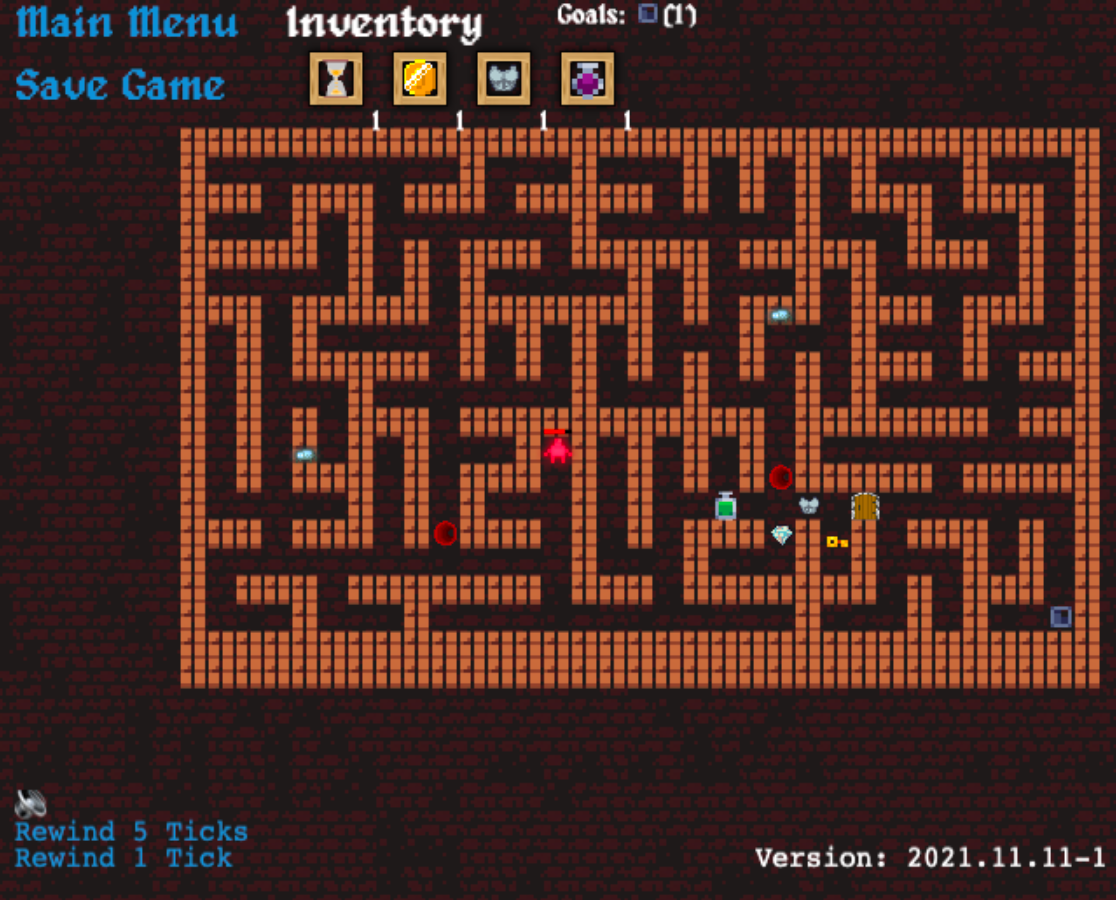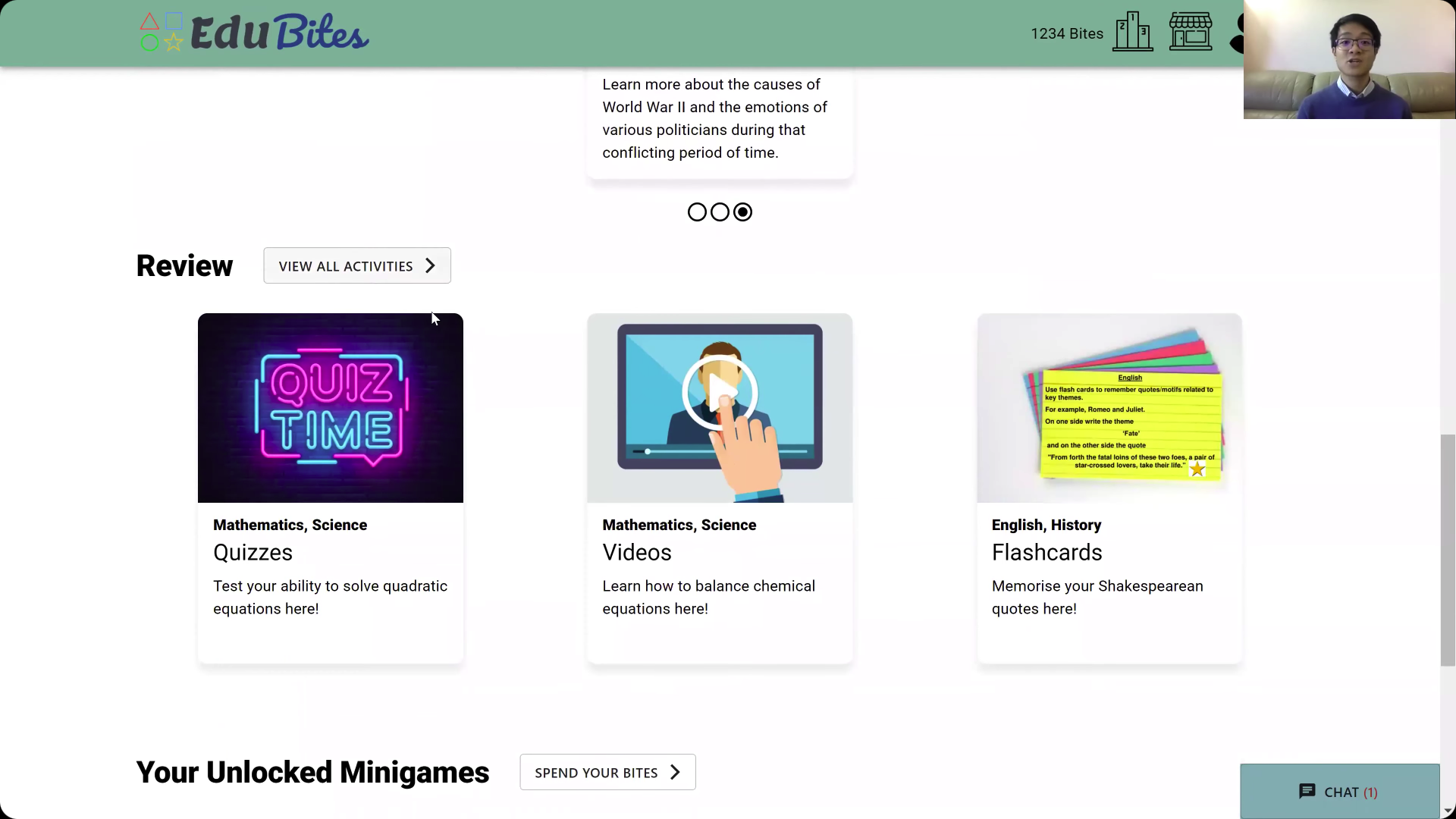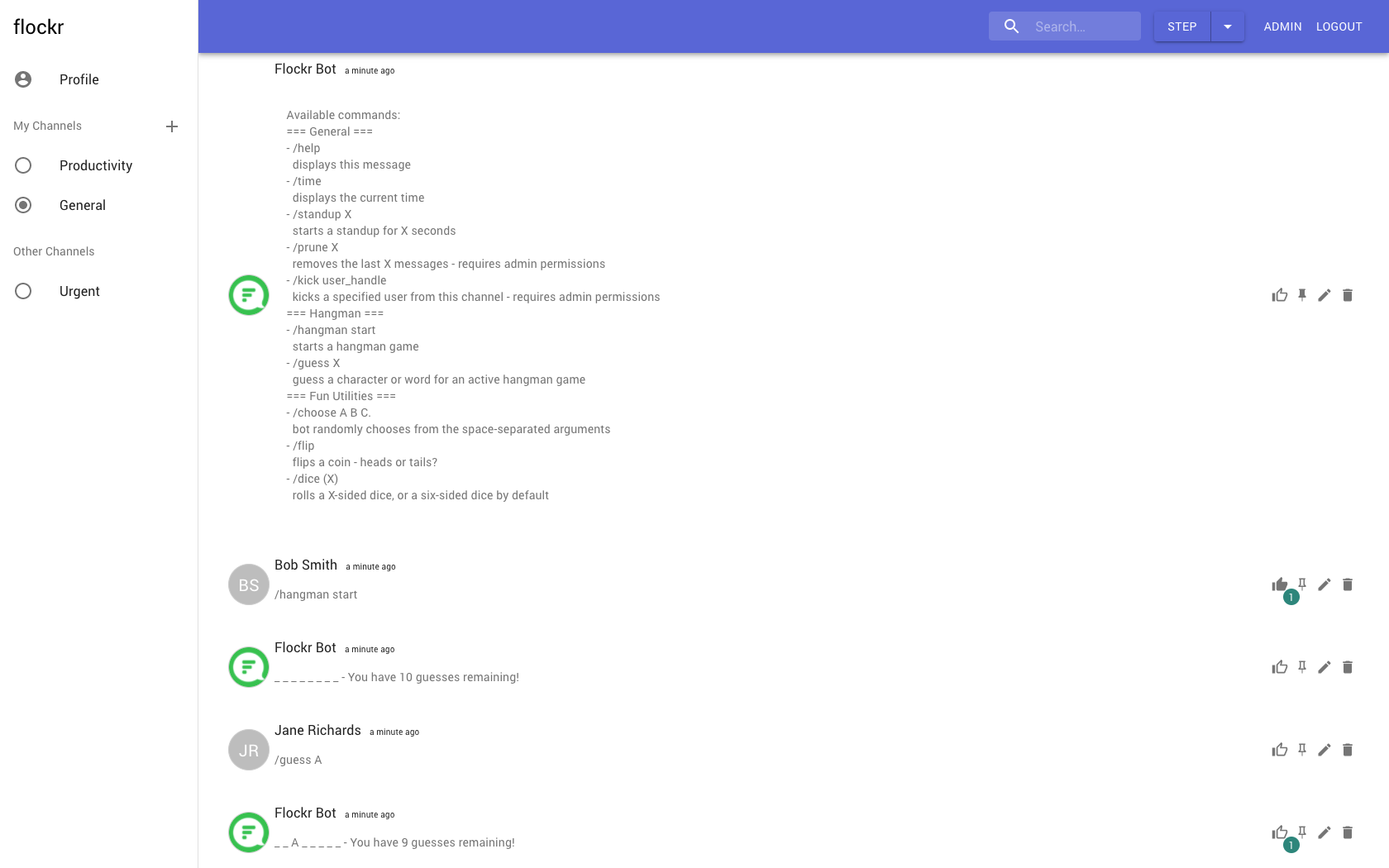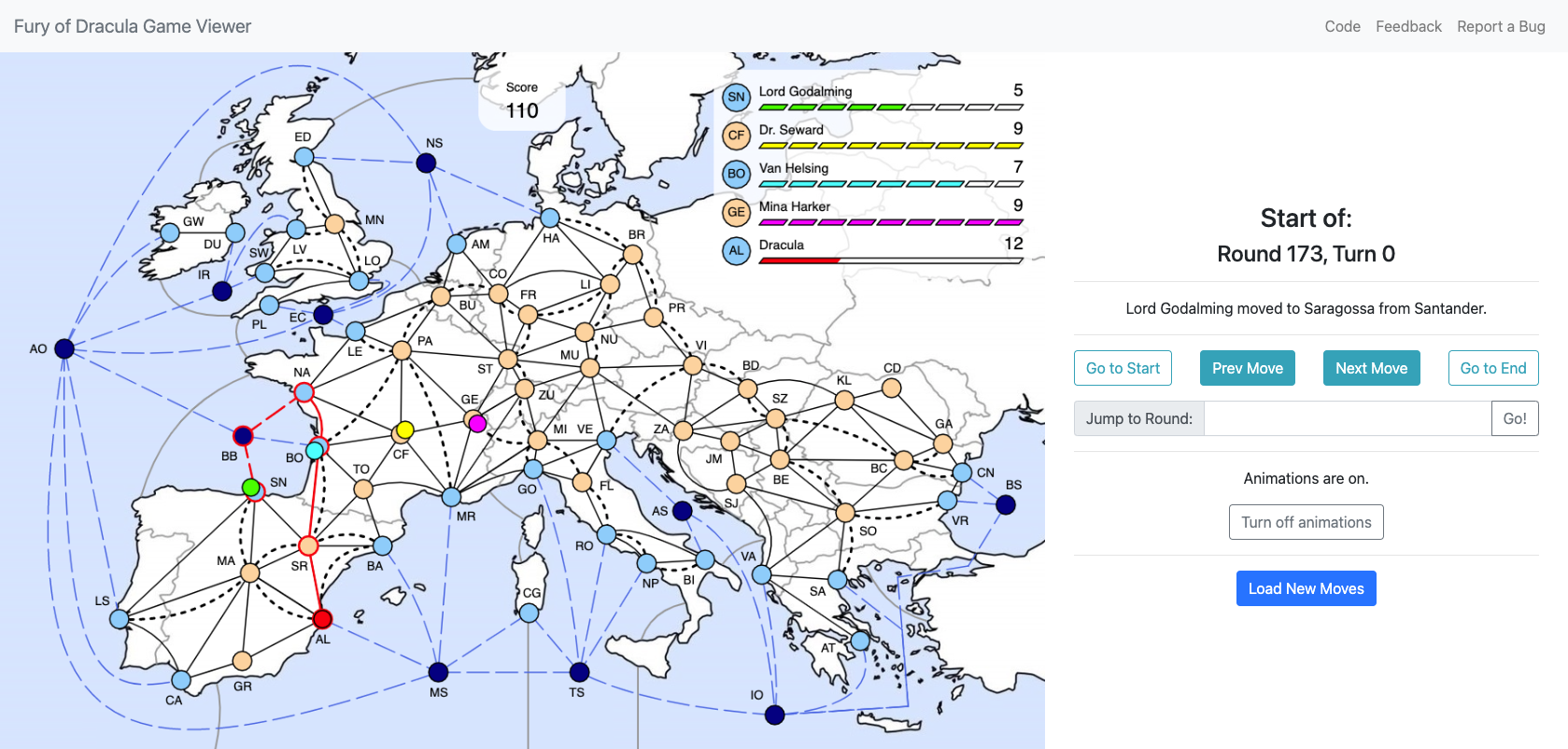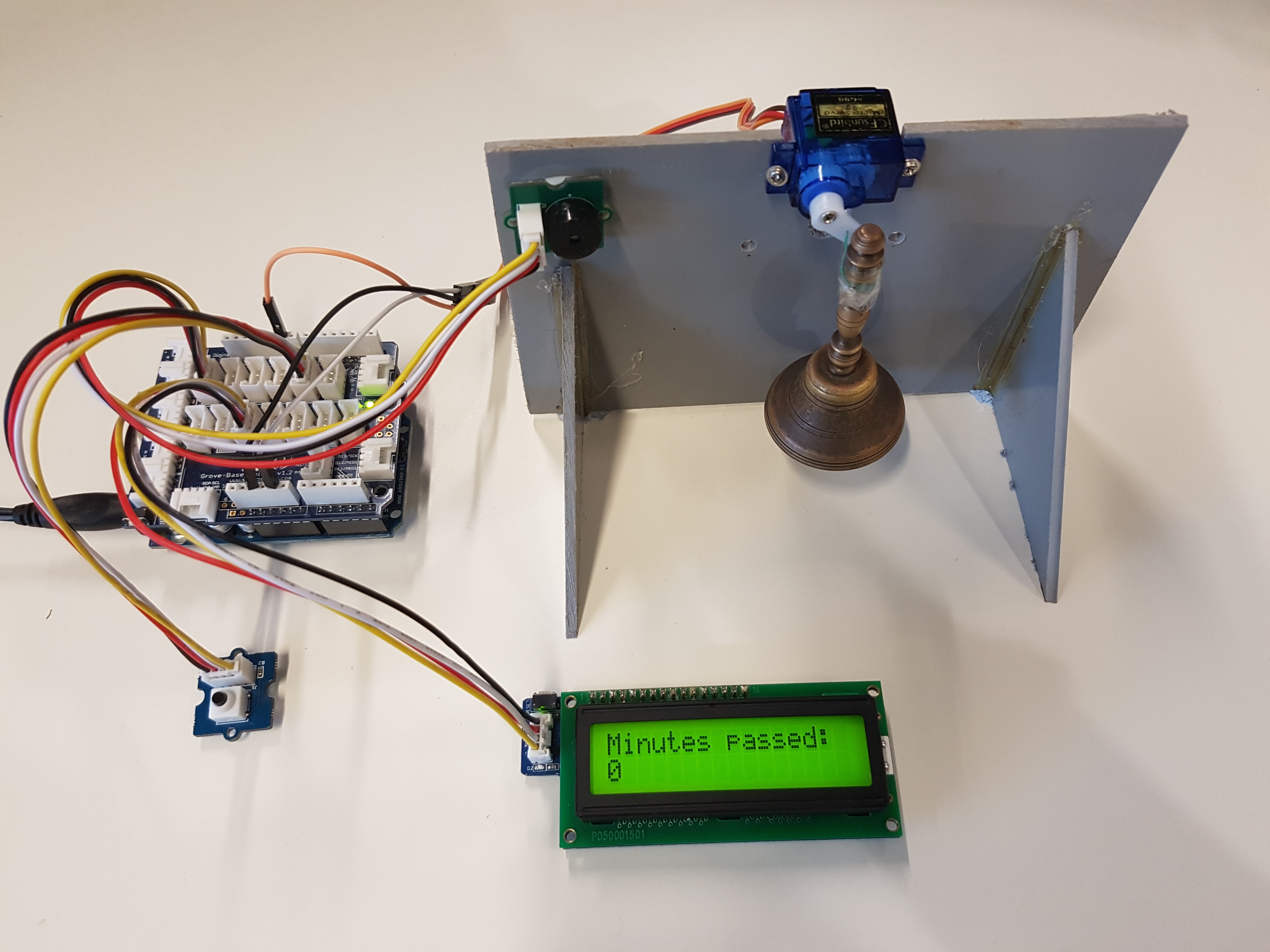ESGlow
ESGlow is a web application designed to provide investors with an intuitive and personalised interface
for accessing ESG information from companies, empowering users to make informed investment decisions. In
my capacity as scrum master, I skilfully led the team through the agile development process, which
involved decomposing user stories, implementing client feedback, facilitating standups and design
solution discussions, monitoring the Jira board and ensuring implementation of improvements from sprint
retrospectives. My initial contributions involved establishing a relational database schema, configuring
the Docker environment and creating the Python Flask backend endpoints and tests. As the workload
intensified, my proactive approach led me to pivot towards the React frontend by generating numerous
components, overhauling the UI and executing extensive code refactoring.
While the demands of spearheading this capstone fullstack project were undeniably significantly, the
impressive client reaction during our presentation validated our dedication, technical prowess and
collaborative spirit, in turn concluding my university journey on a high note!
A demo of the website can be found here.
